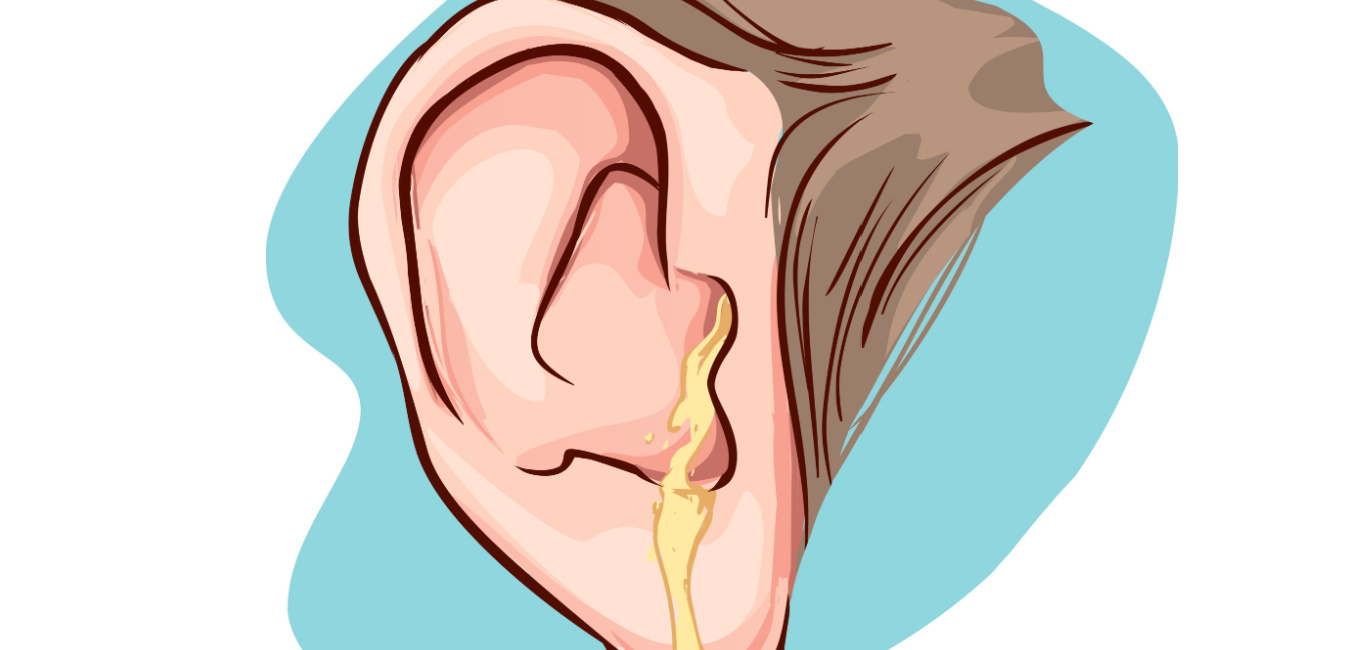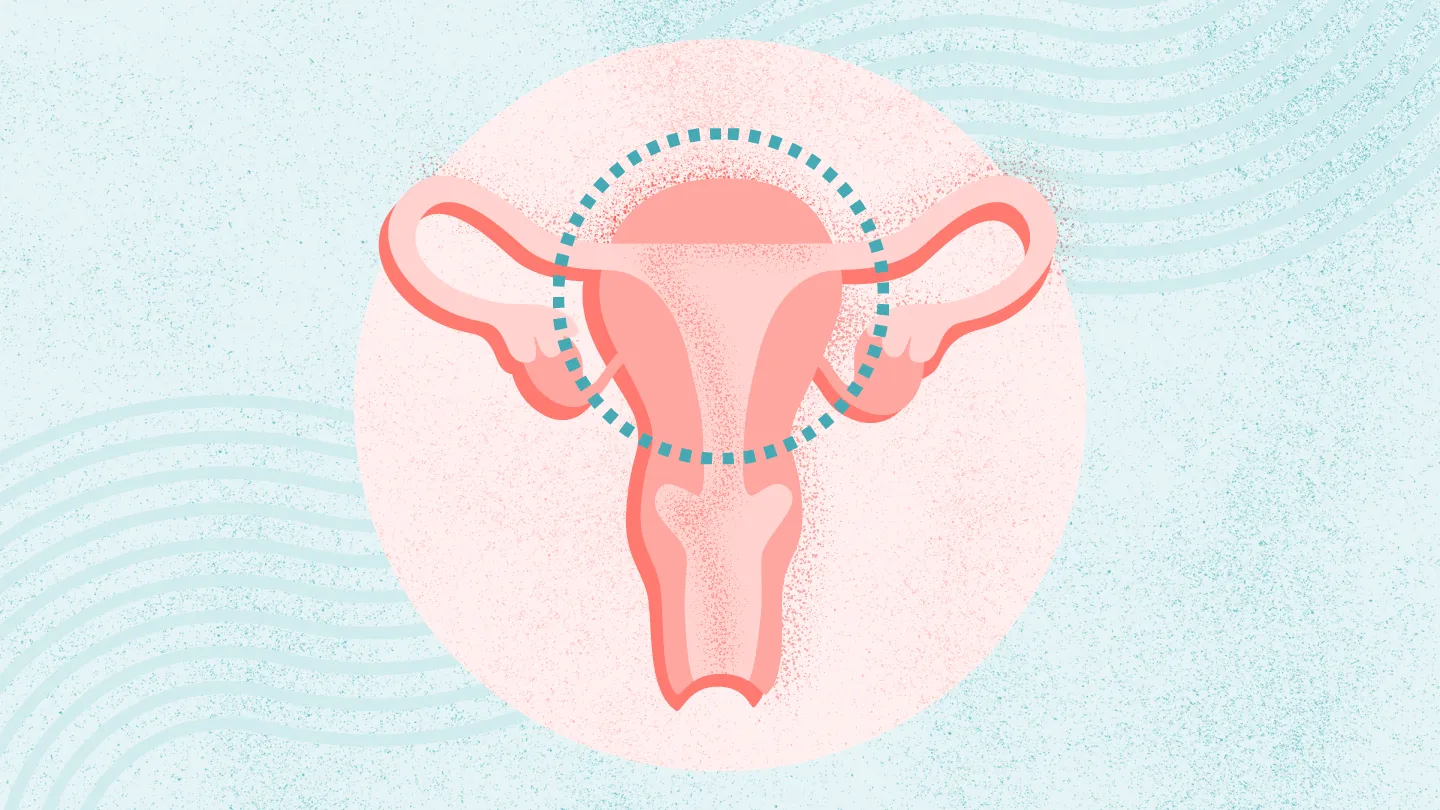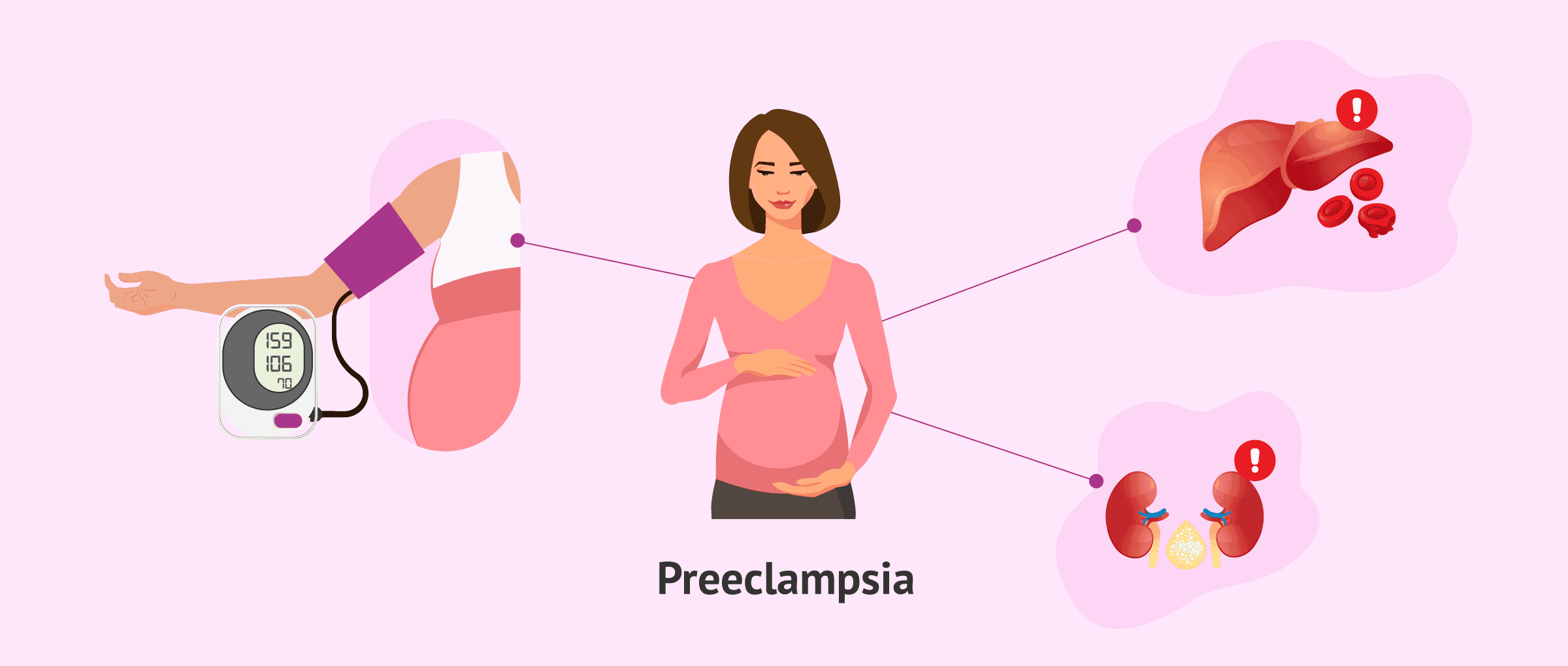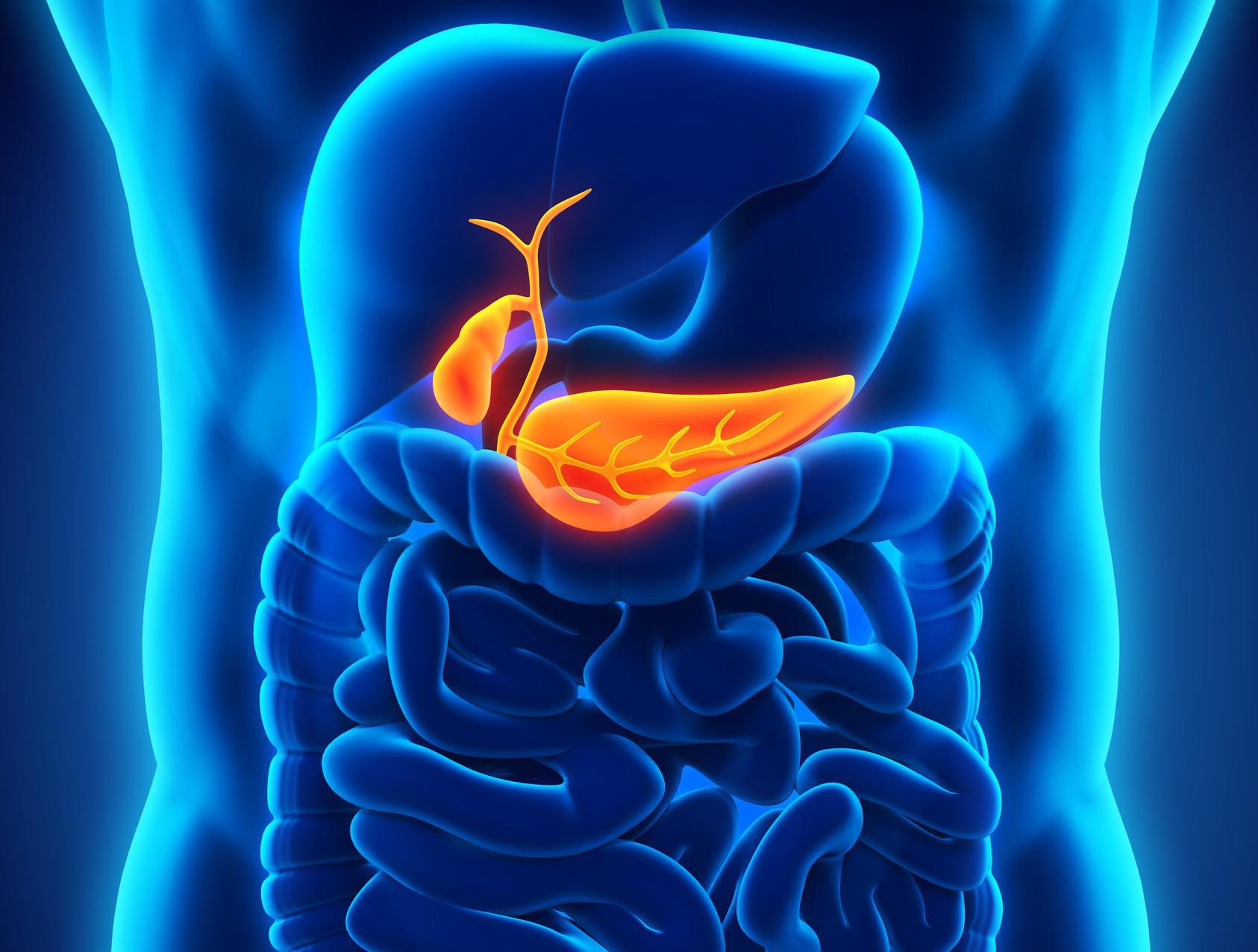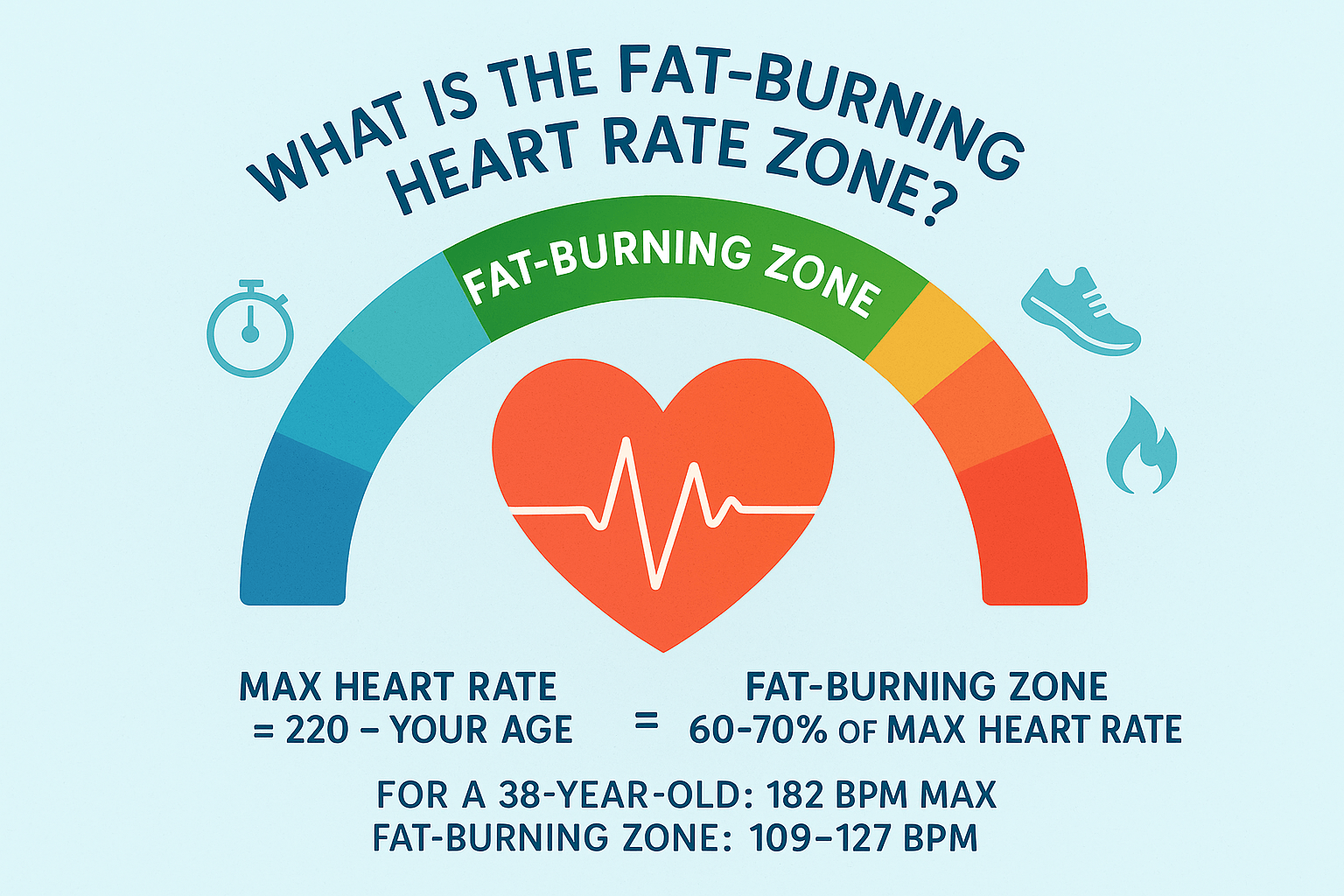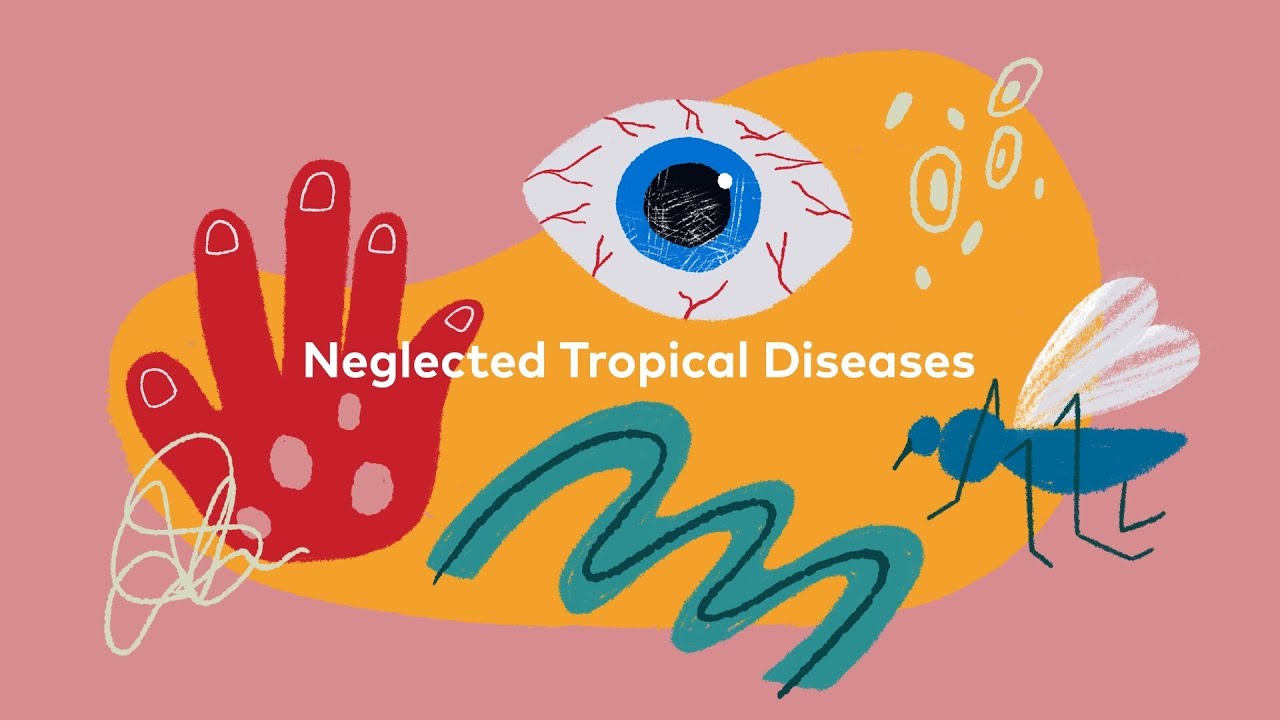Here is What Every Parent Should Know if their Baby has a Fontanelle. One of the most common concerns new parents have is about the soft spots on their baby’s head — known as fontanelles. Let’s explore what they are, their purpose, and how to take care of them properly.
When a baby is born, the bones of their skull are not yet fully fused. This is why you may feel soft areas between the bones on your baby’s head — these are called fontanelles. While they might feel like gaps, they are not holes; rather, they are protected by strong, flexible tissue that connects the skull bones.
There are two main fontanelles:
-
The anterior (large) fontanelle, located at the top front of the head.
-
The posterior (small) fontanelle, located at the back of the head.
📌 Fontanelles Are Not a Medical Condition
It’s important to understand that fontanelles are not a disease or disorder. They are a completely normal part of your baby’s anatomy and development.
🎯 What Purpose Do Fontanelles Serve?
Fontanelles play an essential role during childbirth. Their flexibility allows the baby’s head to compress slightly to ease through the birth canal, helping reduce trauma during delivery. This temporary deformation does not harm the brain, and the baby’s head gradually resumes its shape after birth.
More importantly, fontanelles provide the necessary space for the brain to grow during early infancy.
📅 When Do Fontanelles Close?
As your child grows, the skull bones gradually fuse together:
-
The posterior fontanelle usually closes first, around 2 months of age.
-
The anterior fontanelle takes longer and typically closes between 9 months and 2 years.
⚠️ When Should You Be Concerned?
While fontanelles are normal, certain changes can signal a health issue:
-
Bulging fontanelle: If the area appears swollen or raised, it could be a sign of infection or increased pressure inside the skull.
-
Sunken fontanelle: If it looks depressed or caved in, this could indicate dehydration.
In either case, it is essential to consult a pediatrician promptly.
🚫 What Not to Do with a Fontanelle
To ensure your baby’s safety and healthy development, avoid these common mistakes:
-
❌ Do not massage the baby’s head. Massaging can lead to the premature closing of the fontanelle and potentially harm the brain, as the skull is not yet fully formed.
-
❌ Avoid applying herbs or substances to the fontanelle. These can contain microbes and increase the risk of infection.

